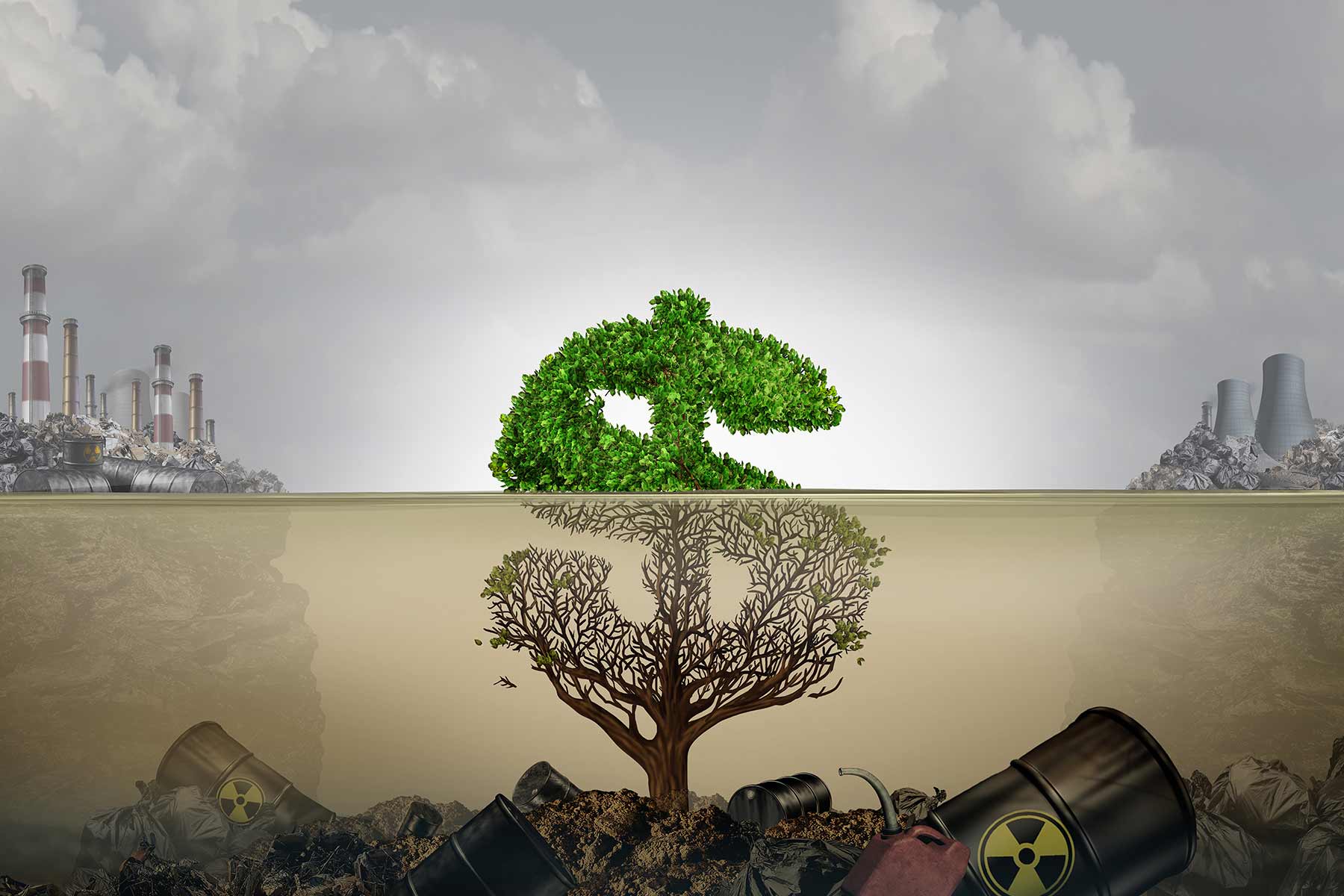No matter what products a company sells, chances are high that they include some sort of packaging. Understanding consumer expectations around sustainable packaging is tough enough; staying compliant with packaging regulations can be downright overwhelming. With reputations and profit margins at stake, having a bulletproof, sustainable packaging strategy is essential to maintaining both. And a data-driven, science-based approach that considers the full packaging life cycle should be at the heart of any packaging strategy.
Key Packaging Regulations to Know
In the world of sustainability regulations, change is constant. And packaging regulations are no exception. Here are some of the most important packaging-related directives, including proposed updates and new legislation in the pipeline:
- California Assembly Bill No. 793 – One of the primary issues with recycled packaging today is that the market for recycled plastics simply does not exist in most places. With virgin plastic so cheap to produce, few companies seek out recycled materials for plastic packaging. This California bill includes mandatory recycled content thresholds for beverage container plastics, with the goal of creating demand for recycled plastics and making the plastics economy more circular.
- Corporate Sustainability Reporting Directive (CSRD) – The CSRD, which covers a wide range of topics, specifies that companies must follow the European Sustainability Reporting Standards (ESRS) and complete a double materiality assessment to determine which of the standards are material (i.e., should be reported on). For the packaging sector, ESRS E5 on Resource Use and Circular Economy is likely to be material. This standard requires that companies set targets for circular design and circular material use rates and report on different metrics like resource inflows and outflows.
- EU Directive on Packaging and Packaging Waste – This legislation was amended in 2018 to increase the mandatory recycling rates for packaging materials, especially plastics. By 2030, 55% of all plastic packaging must be recycled. As a result, EU member states are putting pressure on producers to help meet this goal by changing the system of packaging fees. Often, companies that use recyclable packaging pay lower fees than those that do not. Additionally, a proposed update would require that companies use recycled content in plastic packaging.
- EU Green Claims Directive – The goal of this proposed law is to increase the credibility of green claims made by companies across the EU—in other words, to prevent greenwashing. It would require external verification of any claims related to a product’s environmental friendliness or sustainability, which of course includes its packaging.

The Importance of Good Data for Packaging Compliance and Sustainability
No matter which sustainability directives a company’s operations fall under, they’ll need robust product and packaging data to calculate the environmental impact of their packaging. Data quality is important because sustainable packaging decisions are rarely simple. Switching from a material that seems environmentally damaging to a “greener” one (e.g., switching from plastic to paper) might lead to a less recyclable product, which ultimately means more waste. Even the same material produced via different processes can result in wildly different carbon footprints. Plus, the best assessments go well beyond greenhouse gas (GHG) emissions and recyclability and instead consider the full spectrum of environmental aspects while balancing these against other important goals. In the case of packaging, a company might have to comply with potentially conflicting regulations, such as those regarding food safety, or balance sustainability with cost and consumer convenience.
The life cycle assessment (LCA) is the gold standard for this type of evaluation. LCA studies involve a systematic analysis of the potential environmental impacts of products or services during their entire life cycle. Because they require so much product data, LCAs are only as valuable and credible as the data put into them.
To support LCA credibility, simplify stakeholder communication and save on time and costs, data used for an LCA should meet these six key criteria:
- Based on primary industry data sources
- Derived from embedded sector experts who understand and consider the full product life cycle
- Adhere to standardized methods and norms, such as ISO 14040 or ISO 14044
- Updated annually
- Available on demand
- Can be expanded on demand
Different tools and methods may be used to conduct an LCA. With the right in-house expertise, a company may be able to assess its entire portfolio of products to identify hotspots and set goals. On the other hand, a ready-to-use LCA calculator might better fit a business’ needs if internal resources are limited. There’s also the option of working with sustainability consultants to develop the necessary LCA tools.
True Packaging Sustainability Is Achievable
In summary, high-quality LCA data can help inform important decisions about packaging. When LCAs are performed correctly, companies can accurately assess the potential environmental impact of their product packaging, identify potential hotspots to improve it, avoid burden shifting between impact categories or life cycle phases and detect any unintended consequences of business decisions.
Understanding the complete life cycle of a company’s products and services enables it to go beyond simple compliance and achieve true packaging sustainability over the long term.






